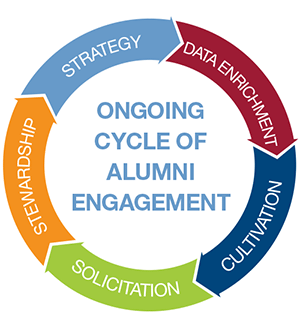fundraising
3 Key Trends and Tips for Appealing to Millennials as Donors

The future of improving and increasing donor counts is clearly dependent on helping organizations acquire and retain Millennials. For higher education, this specifically means focusing on new alumni. Three clear trends have emerged to successfully appeal to that generation:
1) Millennials support causes, not institutions
Donors view the positive impact created through a cause as their priority. The actual institution is often secondary. This focus on the cause rather than the institution is a major reason why crowdfunding has seen its rise in popularity and is a donorcentric approach that can be integrated throughout an entire fundraising program. As Derrick Feldmann, one of the primary authors of the Millennial Impact Report, recently noted: “what motivates Millennials is a desire to affect their cause through your organization with their friends.”
Therefore, consider crafting your fundraising messages to address specific needs and impact. Focusing on the impact, rather than the institution, should have greater appeal. For example, a scholarship appeal could focus on the number of students who benefitted from alumni support rather than focusing on the school giving out a certain number of scholarships. Another example could be how a new faculty research breakthrough will positively impact society. The key word to remember is “impact.”
2) Don’t just solicit – cultivate and steward as well

3) Integrated multichannel and cross-channel is the expectation
Past generations tended to prefer communications through one channel and donors were much more channel loyal. That is no longer the case as 72% of U.S. consumers indicate a desire to receive an integrated approach from marketers. To further illustrate this trend, the Direct Marketing Association reports that 67% of marketers expect to utilize either 3 or 4 channels in their communications this year.
Institutions and nonprofits must keep pace with this trend in order to ensure that their message is received by donors across all segments. However, it is important that channels work in unison rather than in silos. An integrated, cross-channel approach is what your donors and prospects are expecting to receive.
Last year, more than 8 out of every 10 Millennials made a gift to a nonprofit organization according to the Millennial Impact Report. The notion that younger alumni do not make charitable gifts is a myth. However, this particular generation prefers to be more engaged in the organizations they financially support and are driven by passion and impact, and not simply by the institutional name.
As you develop and implement your annual giving calendars, addressing the three trends mentioned above should help enhance results within these critical donor segments.
P.S. Be sure to look for a Millennial engagement white paper coming later this fall from RuffaloCODY!